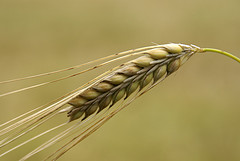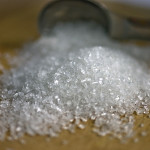Nutrition Guidelines for Candida
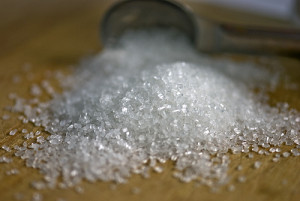 Your diet plays a major role in the successful management of yeast associated symptoms. Illnesses related to the fungus-causing yeast known as Candida may be improved by adjusting one’s diet to avoid certain foods. Many people with Candida have food sensitivities, the most common of which are sensitivities to milk, corn, wheat, yeast, eggs, citrus fruits and sugar.
Your diet plays a major role in the successful management of yeast associated symptoms. Illnesses related to the fungus-causing yeast known as Candida may be improved by adjusting one’s diet to avoid certain foods. Many people with Candida have food sensitivities, the most common of which are sensitivities to milk, corn, wheat, yeast, eggs, citrus fruits and sugar.
Candida symptoms include:
- Vaginal discharge
- Painful urination
- Vaginal itching
- Red and swollen vulva
- Pain during intercourse
- White patches in the mouth
- Itchy or painful nipples
Dietary Recommendations to address Candida include:
Foods to eat freely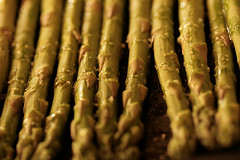
- High water-content vegetables: asparagus, broccoli, brussels sprouts, cabbage, cauliflower, celery, cucumber, eggplant, peppers, green (spinach, mustard, beet, collard and kale), lettuce, okra, onions, parsley, radishes, string beans, tomatoes (fresh), summer squash (such as zucchini)
- Protein foods: chicken, turkey, beef, pork, lamb, fish, shellfish, eggs, soybeans
- Unprocessed nuts, seeds and oils: almonds, Brazil nuts, cashews, hazelnuts, pecans, pumpkin seeds, linseed oil, safflower oil, sunflower oil, soy oil, walnut oil, corn oil
- Garlic: Garlic has been found to have anti-Candida activity. Use freely in food and cooking, or consider taking a garlic supplement.
Foods to eat moderately:
- Starchy vegetables: corn, lima beans, English peas, potatoes, sweet potatoes, yams, winter squash (such as acorn and butternut), carrots, beets turnips
- Whole grains: amaranth, barley, corn, millet, oats, quinoa, rice, teff, rye and wheat
- Fruits: fresh, whole fruits. Best choices include berries, apples and pears. Tropical fruits such as mangoes, bananas and pineapples tend to be high in sugar, so it is best to limit your intake.
Foods to avoid:
- Alcohol
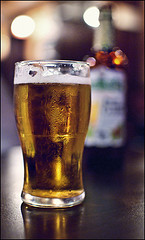
- Sugar and sugar-containing foods: sugar including sucrose, fructose, maltose, lactose, glucose, galactose, mannitol, sorbitol, honey, molasses, maple syrup, maple-sugar, date sugar, turbinado sugar, corn syrup, and fruit juice
- Packaged and processed foods that are high in sugar and made with refined grains: check all food labels carefully
If you follow the above guidelines and your symptoms do not improve, you may want to try eliminating all foods that contain yeast or mold, such as:
- Brewer’s yeast
- Breads, pastries and other raised bakery goods
- Cheeses and prepared foods that contain cheese
- Milk, buttermilk, sour cream, and sour milk products (some individuals tolerate fruit-free, sugar-free yogurt)
- Condiments, sauces, and vinegar-containing foods (mustard, ketchup, monosodium glutamate; steak, barbecue, chili, shrimp and soy sauces; pickled vinegar-containing foods such as mayonnaise and salad dressing)
- Malt products (malted milk drinks, cereals and candy)
- Processed and smoke meats (sausages, hot dogs, corned beef, pastrami, smoked fish)
- Mushrooms and other edible fungi
- Peanuts and pistachios
- Dried and candied fruit
- Melons (watermelon, honeydew and cantaloupe are prone to being contaminated with mold)
- Fruit juices (canned, bottled or frozen)
- Fermented beverages (alcohol, root beer and cider)
Most individuals with Candida-related illness find that as they improve, they can follow a less rigid diet, especially if they are following other measures to regain their health. Following a low sugar diet, increasing dietary whole grains, fruits and vegetables, and staying physically active and well-hydrated will support your immune system and help keep Candida in check. Naturopathic doctors specialize in treating Candida, digestive health issues, and food allergies. Contact us today for more information on how we can help you eliminate Candida.
sources:
- Murray M, Pizzorno J. Encyclopedia of Natural Medicine. 2nd 3d. New York, NY: Three Rivers Press; 1998.
- Crook W. The yeast Connection. 2nd ed. Jackson, TN: Professional Books; 1998.
[gravityform id=”9″ name=”Questions about your health? Contact us! “]

